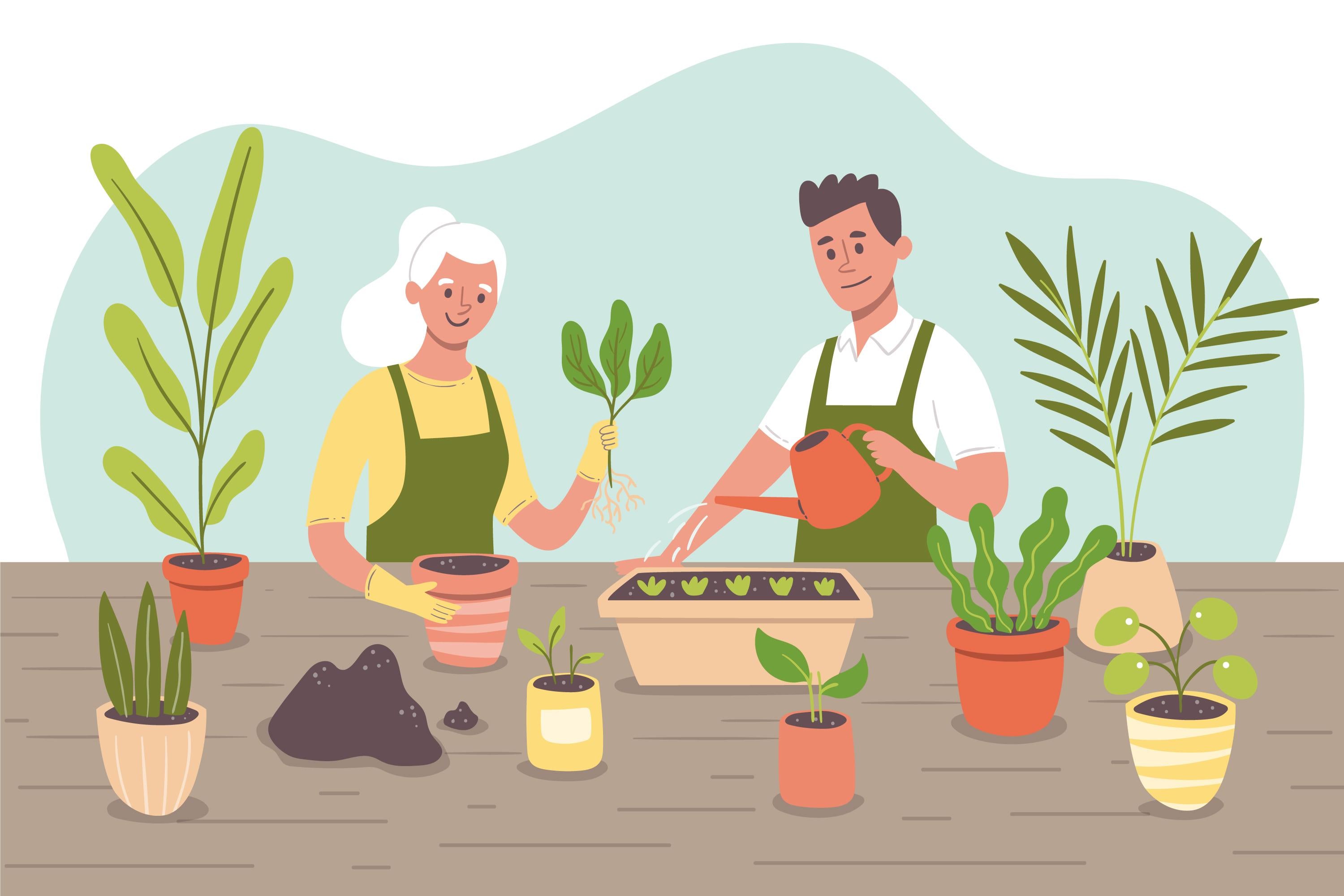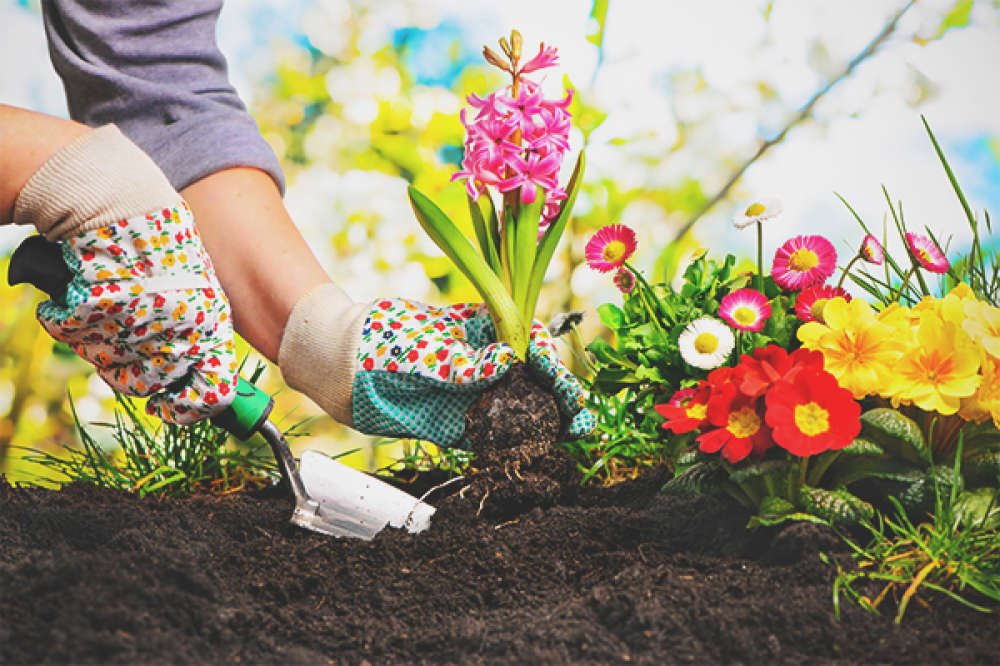Develop into a Pro: Home Gardening Tips for Beginners
The Ultimate Guide to Horticulture for Beginners: Step-by-Step Tips and Strategies for Expanding a Prospering Yard
From recognizing your yard space to choosing the right plants and preparing the soil, we've got you covered. Obtain all set to unleash your green thumb and produce a beautiful, prospering yard.
Understanding Your Garden Area
Comprehending your garden room is vital for creating a prospering garden. This will assist you identify which plants will grow in each location. gardening tips for beginners.
Next, examine the dirt in your yard. Comprehending your soil type will certainly direct you in picking the right plants and applying ideal dirt amendments. This details will help you make notified choices about watering and plant positioning.
Additionally, focus on any kind of microclimates within your garden. These are little locations that may vary in temperature or dampness degrees compared to the remainder of your garden. As an example, a south-facing wall might keep heat, developing a warmer microclimate. Utilize these variations to your benefit by planting moisture-loving or heat-loving plants in these locations.
Choosing the Right Plant Kingdoms

Do you like low-maintenance plants or are you eager to put in additional initiative for high-yield plants? Think concerning the amount of time, power, and resources you are prepared to invest in your yard.
In addition, think about the area offered in your garden. Take dimensions and plan the design of your plants. Think about the fully grown dimension of each plant and make certain they have enough room to grow without overcrowding each other.
Finally, believe regarding the functionality of your plant options. home gardening for beginners. Will you have the ability to provide the necessary care and maintenance for your chosen plants? Take into consideration elements such as watering, fertilizing, pest control, and trimming
Preparing the Soil for Planting
When you have selected the right plants for your thriving garden, it's time to dive right into the essential task of preparing the dirt for planting. Take an example and test its pH degrees, as various plants thrive in various pH arrays.

As soon as the dirt is all set, produce furrows or holes for planting. The depth and spacing will certainly depend on the details needs of your picked plants, so refer to the seed packages or plant tags for guidance.
As you water, be careful not to wash away the dirt or damage the delicate plants. With proper dirt prep work, your yard will be well-equipped to support browse this site the growth and success of your plants.
Watering and Fertilizing Strategies
After preparing the soil for growing, it's important to comprehend reliable watering and fertilizing strategies to guarantee the health and development of your garden. When it involves watering, it is necessary to strike a balance. Overwatering can result in root rot and various other illness, while underwatering can result in stunted development and wilting. The trick is to supply enough water to keep the soil consistently wet however not saturated. One way to evaluate if your plants need watering is by sticking your finger regarding an inch into the soil. It's time to water if it really feels completely dry. When watering, go for the base of the plants, as moistening the fallen leaves can encourage illness. When it comes to fertilizing, it's critical to give your plants the nutrients they require to grow. Organic fertilizers, such as garden compost or well-rotted manure, are outstanding selections as they offer a slow-moving release of nutrients. It's ideal to apply plant foods in early springtime or late fall, following the directions on the package. Keep in mind to sprinkle your plants after feeding to assist the nutrients get to the origins. By mastering these watering and fertilizing methods, you'll be well on your method to a growing garden.
Preserving a Healthy Yard
To preserve a healthy and balanced garden, you must on a regular basis examine your plants for indications of pests or diseases. By doing this, you can capture any type of issues beforehand and take the necessary actions to stop them from triggering and spreading damage to your whole yard. Search for any uncommon places on fallen leaves, wilting or yellowing foliage, or openings in the fallen leaves, as these can be indicators of pests or conditions. It is important to take prompt action. if you notice any of these indications.
One means to battle insects is by utilizing natural solutions such as insecticidal this contact form soaps or neem oil. These are effective in regulating common bugs like aphids, termites, and whiteflies without harming beneficial bugs. An additional method is to urge advantageous pests like ladybugs and lacewings, which eat garden bugs. Growing flowers such as sunflowers, daisies, and marigolds will certainly attract these valuable bugs to your yard.
Along with bugs, conditions can also affect your plants. To stop the spread of diseases, it is very important to practice good garden hygiene. This includes removing click now any infected plants or leaves, sanitizing your gardening devices, and staying clear of over-watering. Correct spacing in between plants and excellent air blood circulation can additionally aid protect against the spread of conditions.
Verdict
To conclude, horticulture can be a rewarding and fulfilling leisure activity for newbies. By recognizing your yard room, picking the right plants, preparing the dirt, and applying correct watering and feeding techniques, you can create a thriving yard. Bear in mind to preserve its health by on a regular basis having a tendency to it. With patience and devotion, you'll soon be taking pleasure in the charm and bounty of your very own growing garden. Happy horticulture!
Use these variants to your advantage by growing moisture-loving or heat-loving plants in these areas.
